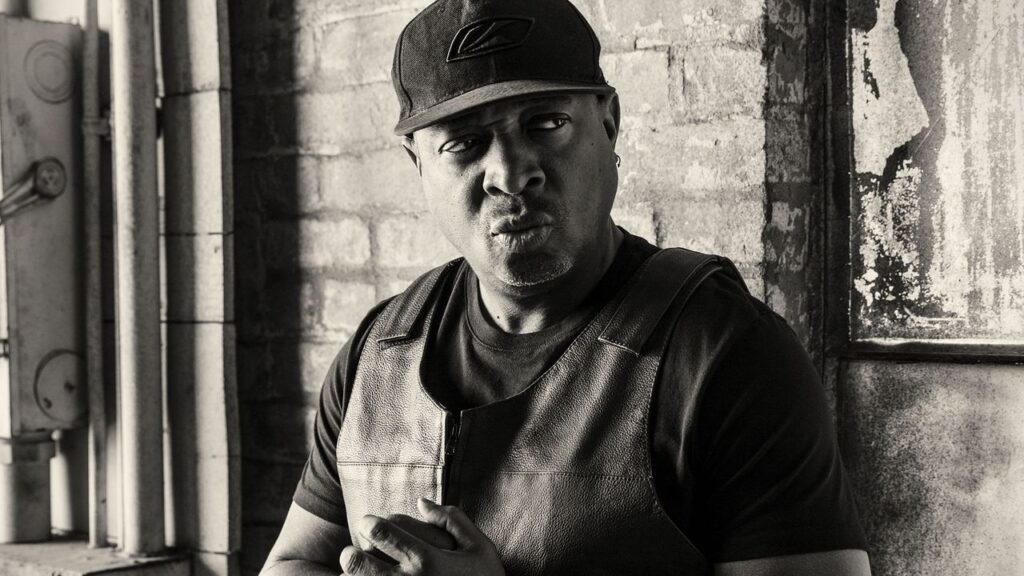The man who wrote the great protest song “Fight the Power” 36 years ago will not say the name of the current president of the United States.
“My thing on 45, 47 – I don’t say his name – is we’ve been seeing this guy in New York since the 1970s,” says rap legend, Public Enemy leader Chuck D (real name Carlton Ridenhour), “and he just pulled a three card monte on the rest of the country, the rest of the world. He fooled the country bumpkins twice. The dude was never fit to be president; he used to own a USFL team, he was in the middle of boxing matches, wrestling…He’s an entertainer, but I’m not saying he’s a great entertainer.”
Recalling the origin of “Fight the Power,” Chuck D adds, “A lot of people don’t know that ours was the second song with that title. The first was an Isley Brothers song that was influential to me and my peers in 1975. Then Spike Lee called in need of a song [for his 1989 film Do Tha’ Right Thing.] “Hey Chuck, I need an anthem…so me and my team was able to come up with an anthem. But rather than ‘Lift Every Voice and Sing,’ we felt that ‘Fight the Power’ was apropos. In 1975 the Isleys wondered, where are we going in the country? Nixon had been impeached, Ford was the president, and (Nelson) Rockefeller wanted to be the next guy. And we’re all like, how could a guy like Rockefeller—a billionaire—be the president of the United States? So, fast forward 50 years later to a person that’s typical of the fears we had in the ‘70s.”
Here, the Public Enemy songwriter, vocal frontman, social activist, documentary producer, illustrator, and radio host talks with Lisa Robinson about the state of hip hop, his relationship with his Public Enemy partner Flavor Flav, artificial intelligence and human interaction in the digital age.
Vanity Fair: Especially with your early albums (Fear of a Black Planet, It Takes a Nation of Millions to Hold Us Back), Public Enemy was one of the first major rap groups to reach the MTV audience and one of the first of four rap groups inducted into the Rock and Roll Hall of Fame. How do you see your legacy?

